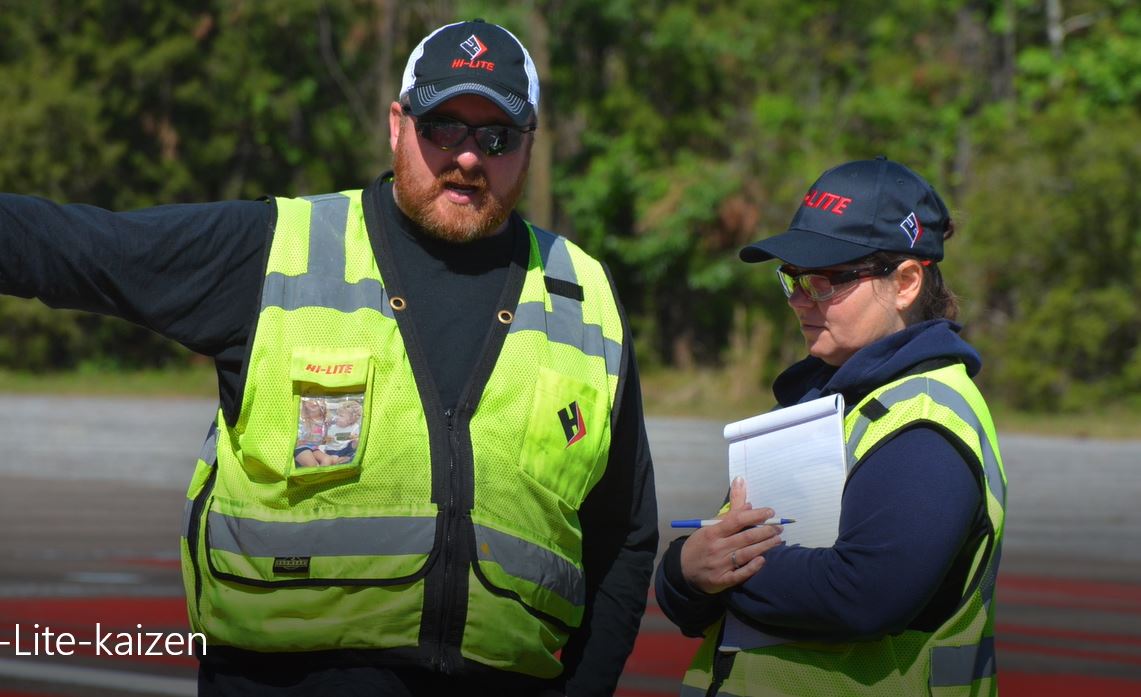
Leadership Training Launches Big Impacts
in a variety of ways

Along the way they acquired companies that allowed them to add important airfield services like surface preparation, and curing compound and rubber removal. When they acquired an asphalt rejuvenator in 2005 they became the first full service airfield maintenance contractor in the U.S., and grew the company internationally as well. They now offer services throughout the Western Hemisphere. Their main objective is to enhance airfield safety for everyone. The company employs 110 people in the U.S., and 60 at their home office in Watertown.
Hi-Lite has relied on the MEP system for many years to approach challenges ranging from business development to safety to leadership development. With rapid growth and multiple locations, it is challenging to ensure that the company is always offering consistent quality and service to clients. While at a Leadership workshop, teams identified the need for a consistent method to develop, establish, and maintain process improvement around various aspects of the business.
Some of those areas of improvement included developing standard work for painting, increasing labor efficiency, and improving painting consistency and quality. Several kaizen, or improvement implementation, events were scheduled during which the current state was understood, innovative solutions for improvement were attempted, ideas were tested, staff received applicable training, and new processes were developed and documented.
“Hi-Lite regularly engages with CITEC on projects to train our employees and build our leadership team as we continue to grow. Together we identified several key areas we needed to improve upon to meet our Strategic Goals. The Continuous Improvement projects have helped us stay competitive and improve our processes, the kaizen approach has allowed us to utilize our most valuable assets, our people,” says Tanya Rarick, Hi-Lite’s Director of Training and Development.

The success of this project led Hi-Lite to pursue additional training and projects using Lean Six Sigma methods to understand the variation of different paint vendors and colors due to viscosity differences, as well as to understand the impacts of nozzle wear on machine and process performance. Rarick says, “Our most recent project, a Lean Six Sigma training with active projects, promises additional impacts for our company. We have established a strong relationship with CITEC and will continue to use their assistance in the future.”
CITEC has also assisted Hi-Lite in improving training procedures using the TWI JI program to create standard practices and training programs, reducing the time it takes for new employees to become proficient, and creating a skills matrix to verify that all competencies on the job are met.
Cost Savings: $24,000 / year on paint
Increased productivity: $62,000/year in labor savings from improved process
Time: 2500 hours saved to focus on other projects that can increase overall sales
This project was partially funded through National Grid’s Manufacturing Productivity Program. If similar projects might benefit your company, reach out to Steve Lockwood,